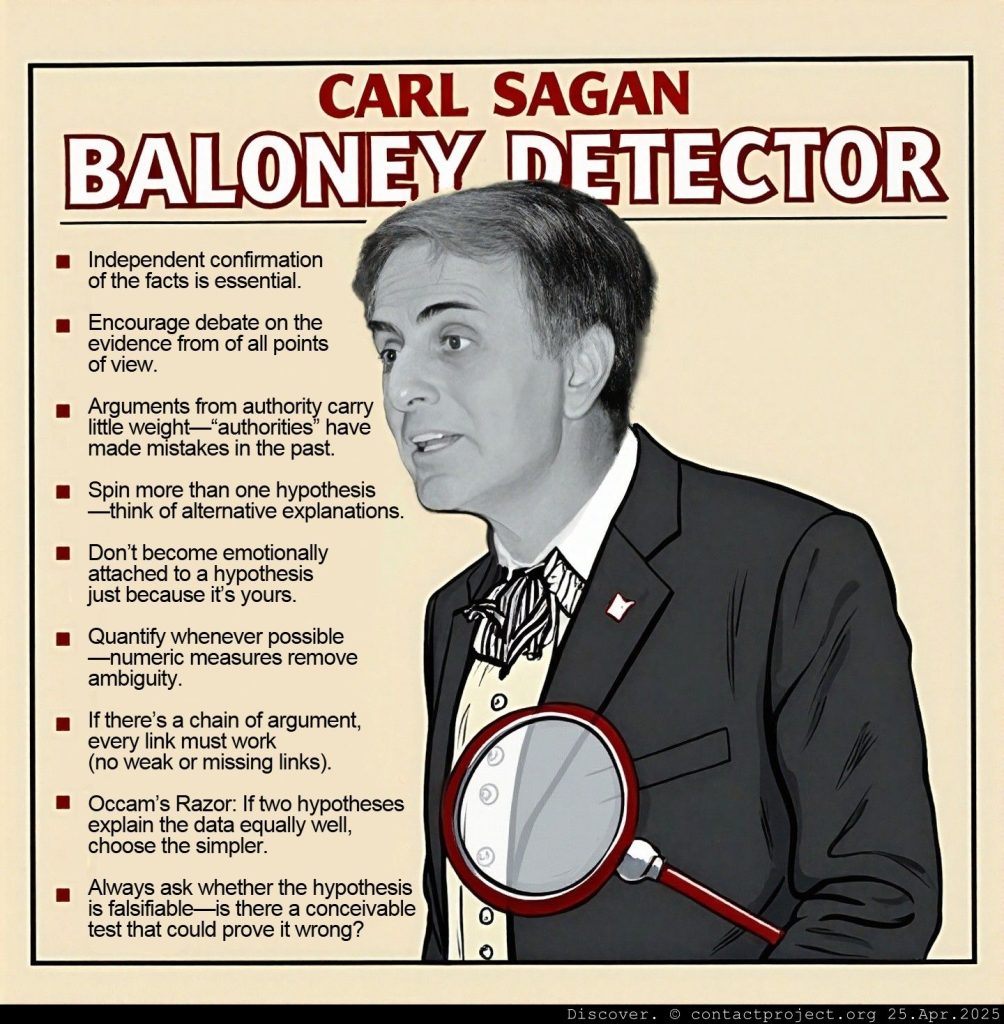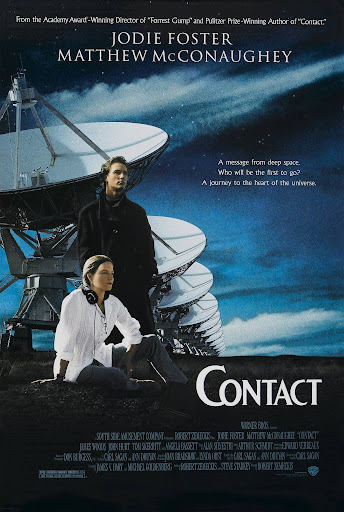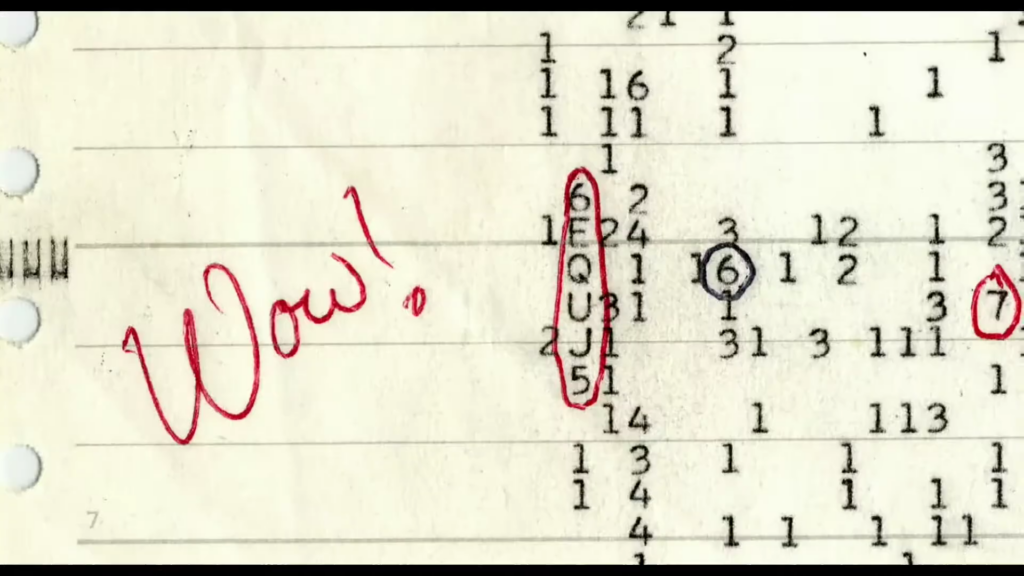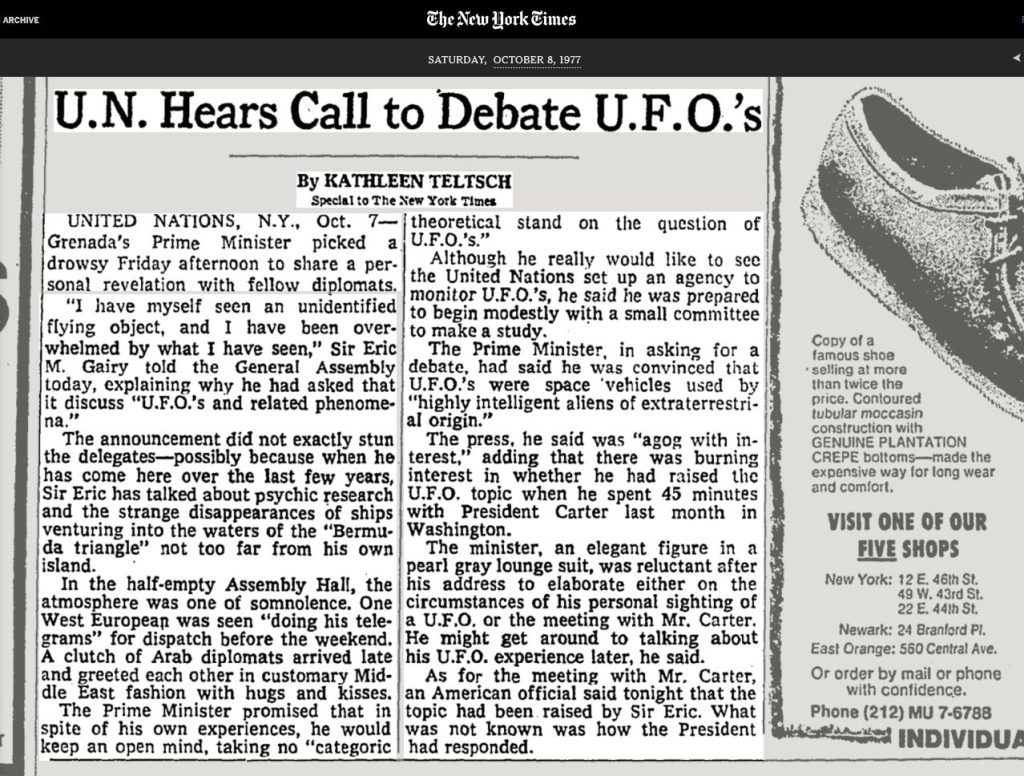UFO Smackdown: “Show Me the Proof,” Says Science Superstar

Rather than treating UFO research as a rigorous scientific inquiry into possibly extraterrestrial phenomena, Sagan rejected its validity on the grounds that it lacked the ‘extraordinary’ UFO evidence required by the scientific method and rested largely on unreliable eyewitness testimony, demonstrating his UFO skepticism.
Radio Roulette: SETI’s Slow-Motion Search for Martian Pen Pals

Instead, he argued, the most promising avenue for detecting alien life was the Search for Extraterrestrial Intelligence (SETI) via radio astronomy—a point he dramatized in his 1985 novel Contact. Of course, SETI has its own fundamental limitation: due to the speed at which radio signals travel, any interstellar message exchange could potentially experience lengthy delays, like years, decades, or centuries.
Interstellar two-way communication easily requires centuries, ruling it out for spontaneous chats. Despite this limitation, SETI’s search continues in hopes of finding concrete UFO evidence.
The shooting of “Contact” started in September 1996. Sagan himself was supposed to appear in a cameo, but he passed away 2 months after the shooting began. Sagan had been working on this project since 1979.
THE FIRST “PARADOX”: Reason meets mysticism

Throughout his career, Sagan loathed sloppy thinking. He famously derided Erich von Däniken’s ancient-astronaut theories—that extraterrestrials had a hand in erecting the pyramids—as nothing more than fanciful speculation, lacking credible UFO evidence.
And yet, in 1981, he purchased the Sphinx Head Tomb, the headquarters of Cornell University’s oldest secret honors society, designed in hauntingly authentic Egyptian style.

What could possibly have enticed Carl Sagan—the very embodiment of rational, evidence-driven science—to take up residence in a building modeled on an Egyptian tomb? Granite walls etched with hieroglyphs, a false burial chamber—this was a home more temple than townhouse, a place charged with the power of millennia.
Those close to him sensed a shift. His daughter, Sasha, later recalled that almost immediately after moving in, her father’s health began to falter. The scientist who probed the furthest reaches of space found himself besieged by a far more intimate mystery: a sudden decline that culminated in his death on the winter solstice of 1996.
What compelled a scientist such as Carl Sagan to relocate into a structure reminiscent of an Egyptian tomb? Did the ancient mystique of the tomb hold a deeper sway over even the sharpest mind of his generation? The first paradox has been set in stone—yet its enigma endures.






